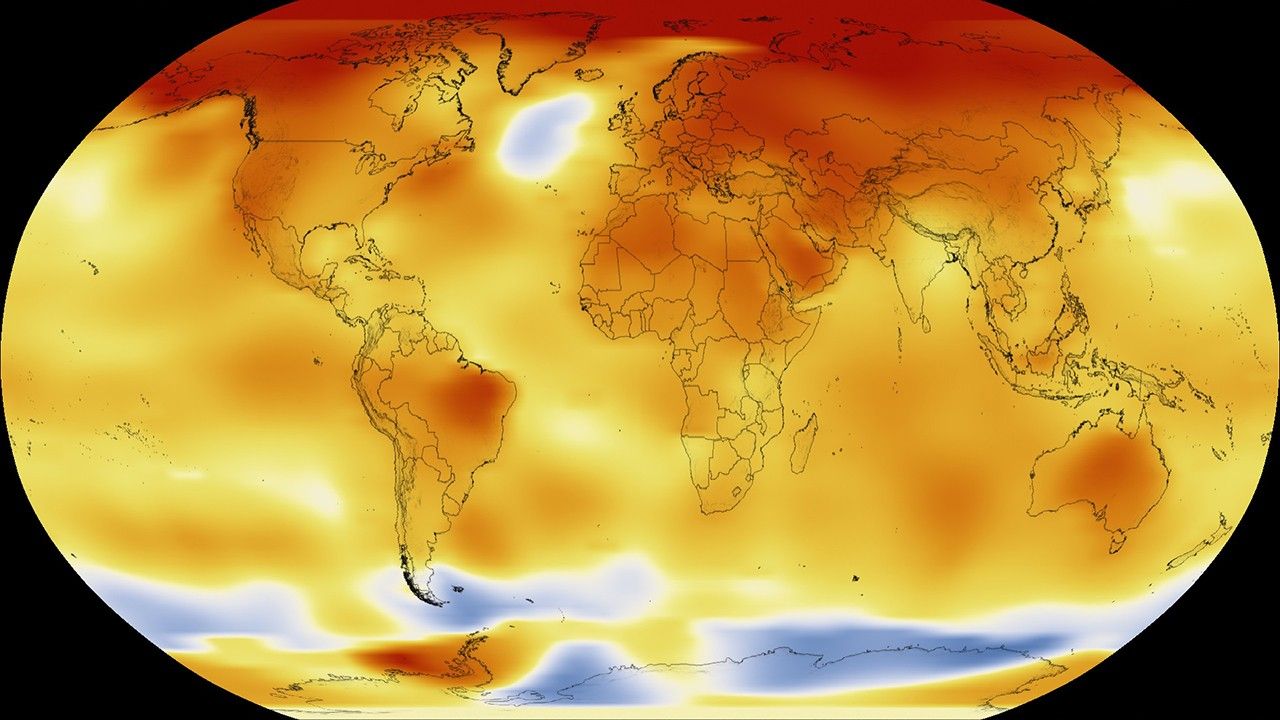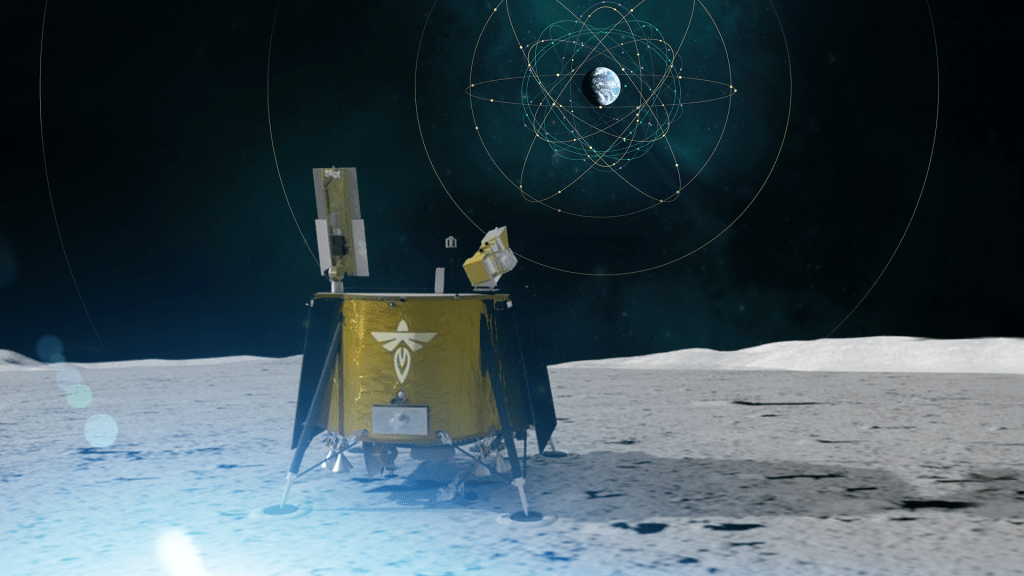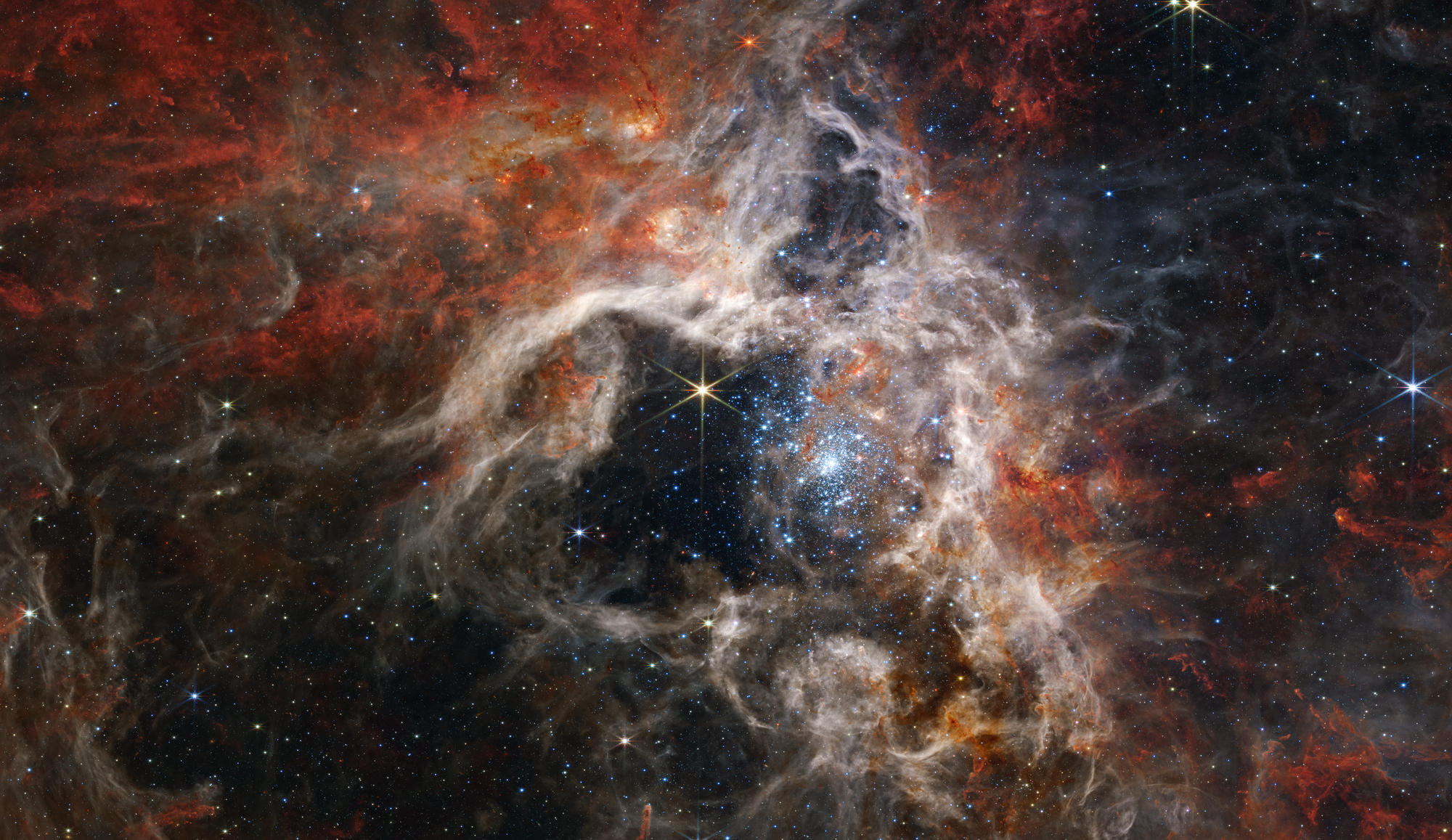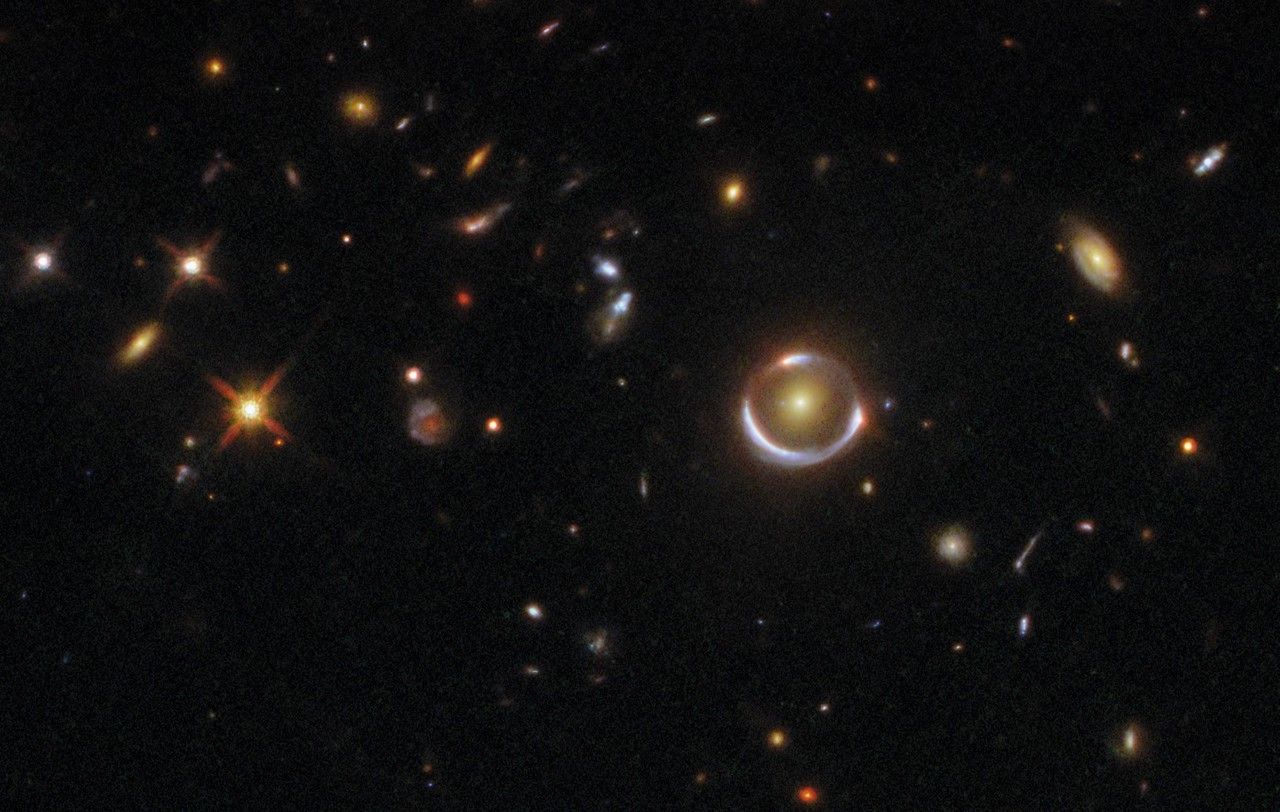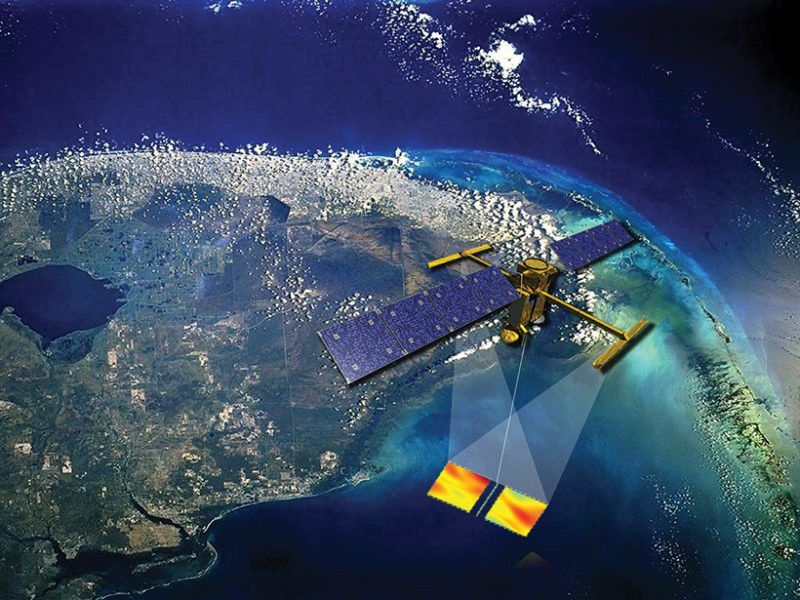
The first image taken by NASA’s OSIRIS-REx spacecraft after completion of its Earth Gravity Assist maneuver on Sept. 22, 2017, cropped to show in greater detail the spacecraft’s view of Earth from 69,000 miles (110,000 kilometers). The image has been rotated so that Earth’s north pole is located at the top, and the Baja Peninsula is visible above and to the right of center. Cloud cover and the Pacific Ocean dominate most of the image, but Hurricane Maria and the remnants of Hurricane Jose can be seen in the far upper-right portion of the image, off the east coast of the United States. This image was captured by NavCam 1, a black-and-white imager that is one of three cameras comprising TAGCAMS (the Touch-and-Go Camera System), which is part of OSIRIS-REx’s guidance, navigation, and control system. NavCam images will track starfields and landmarks on Bennu to determine the spacecraft position during mission operations.
NASA/Goddard/University of Arizona

This black-and-white image of the Earth-Moon system was captured on Sept. 25, 2017 by NavCam 1, one of three cameras that comprise TAGCAMS (the Touch-and-Go Camera System) on NASA’s OSIRIS-REx spacecraft. At the time this image was taken, the spacecraft was retreating from Earth after performing an Earth Gravity Assist maneuver on Sept. 22. Earth and the Moon are shown 249,000 miles (401,200 kilometers) apart, and the spacecraft is 804,000 miles (1,297,000 kilometers) from Earth and 735,000 miles (1,185,000 kilometers) from the Moon.
NASA/Goddard/University of Arizona
Last Updated: Sep 29, 2017
Editor: Karl Hille








